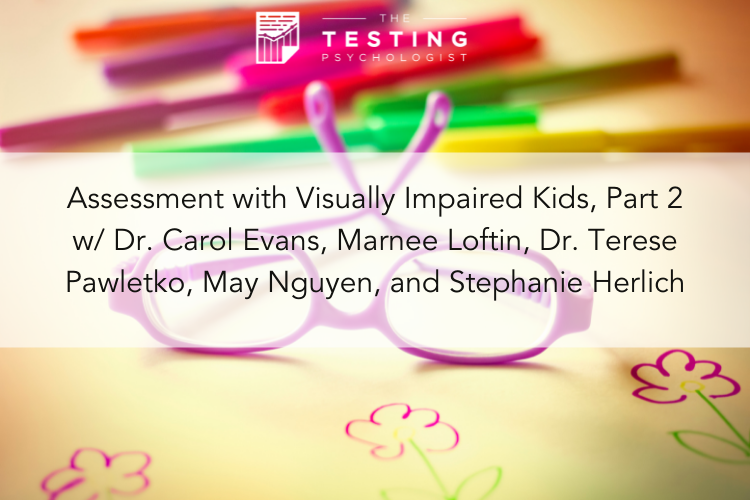[00:00:00] Dr. Sharp: Hello, everyone. Welcome to The Testing Psychologist podcast, the podcast where we talk all about the business and practice of psychological and neuropsychological assessment. I’m your host, Dr. Jeremy Sharp, licensed psychologist, group practice owner, and private practice coach. Hey, welcome to The Testing Psychologist podcast, everyone. This is the first episode in a short series aimed at beginner …
263. Steps to Launch Your Testing Practice, Part 1
Welcome to the first in a series of episodes aimed at the beginning practice owner! If you’re planning to launch your testing practice, these next few episodes are for you.
262 Transcript
Dr. Sharp: [00:00:00] Hello, everyone. Welcome to The Testing Psychologist podcast, the podcast where we talk all about the business and practice of psychological and neuropsychological assessment. I’m your host, Dr. Jeremy Sharp, licensed psychologist, group practice owner, and private practice coach. This episode is brought to you by PAR. PAR has recently released the Feifer Assessment of Childhood Trauma …
262. Beyond ODD and Conduct Disorder w/ Dr. Akeem Marsh & Dr. Lara Cox
If you’re someone who questions the utility of oppositional defiant disorder, conduct disorder, and other disruptive behavior diagnoses – this episode is for you!
261 Transcript
[00:00:00] Hello, everyone. Welcome to The Testing Psychologist podcast, the podcast where we talk all about the business and practice of psychological and neuropsychological assessment. I’m your host, Dr. Jeremy Sharp, licensed psychologist, group practice owner, and private practice coach. This episode is brought to you by PAR. PAR has recently released the Feifer Assessment of Childhood Trauma or the …
261. Holiday Hopes #7: Celebrations
This seventh episode in the series is all about celebrating your successes. What better time to reflect on what’s going well than the new year?
260 Transcript
Dr. Sharp: [00:00:00] Hello, everyone. Welcome to The Testing Psychologist podcast, the podcast where we talk all about the business and practice of psychological and neuropsychological assessment. I’m your host, Dr. Jeremy Sharp, licensed psychologist, group practice owner, and private practice coach. This episode is brought to you by PAR. PAR has recently released the Feifer Assessment of Childhood Trauma, …
260. Assessment with Visually Impaired Kids, Part 2 w/ Dr. Carol Evans, Marnee Loftin, Dr. Terese Pawletko, May Nguyen, and Stephanie Herlich
Welcome to the second episode in a two-part series on assessment with visually impaired kids!
259 Transcript
Hello, everyone. Welcome to The Testing Psychologist podcast, the podcast where we talk all about the business and practice of psychological and neuropsychological assessment. I’m your host, Dr. Jeremy Sharp, licensed psychologist, group practice owner, and private practice coach. This episode is brought to you by PAR. PAR has recently released the Feifer Assessment of Childhood Trauma, or the FACT, …
259. Holiday Hopes #6: Support Staff
This sixth episode in the series is all about hiring and training support staff. What better time to delegate some tasks and free up time than the new year?





